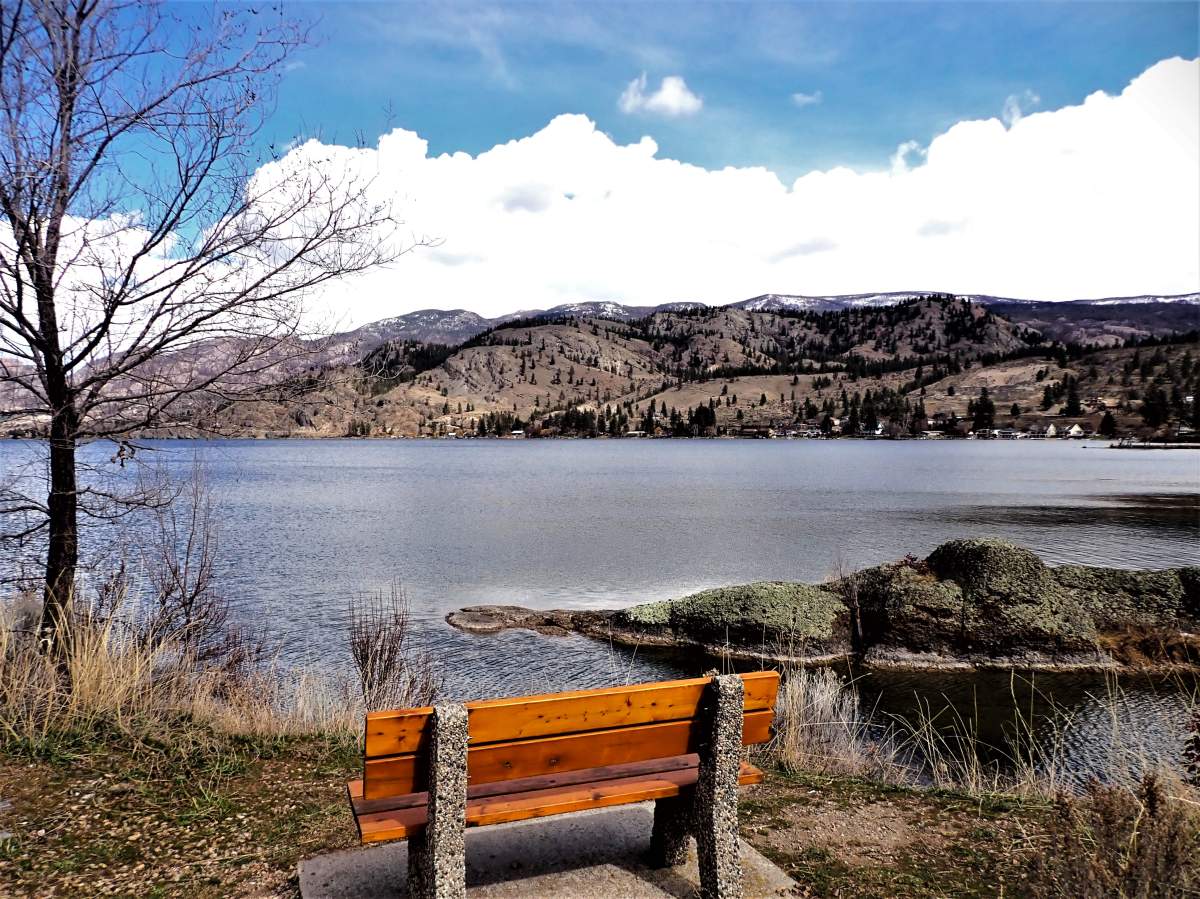The ongoing stretch of summer-like weather in B.C. toppled more temperature records Wednesday, which in turn sped up mountain snowmelt and worsened spring flooding.

Environment Canada said 10 records were broken on Wednesday. Cities in which the mercury reached new heights spanned the province, though the Okanagan was the hottest spot.
In Osoyoos, a new record of 30.5 C was set Wednesday, breaking a record of 29.9 C set in 1998.
The oldest record broken was in Dawson Creek, where the mercury reached 26.5 C, breaking a record of 22.2 C set in 1937.
Similarly, in Golden, a new record of 28.5 C was set, breaking the previous record of 28.3 C set in 1946.

In Blue River, the new record set on Wednesday was 27.6 C, breaking a 2016 record of 25. 6 C.
In Clinton, the new record of 24.3 C broke a record of 23.9 set in 2016, while in Fort St. John a new record of 26.2 C broke a 2016 record of 25.6 C.

Get breaking National news
In the Puntzi Mountain area Wednesday, the heat came in at 25.3 C breaking the previous record of 24.8 C set in 1998.
Whistler reached 24.5 C, breaking the old record of 23.4 C set in 2013. Williams Lake reached 23.7 C, breaking a record of 22.4 C set in 2016.
Finally, in Yoho National Park, a new record of 25.3 C was set, surpassing the former benchmark of 22.2 C set in 2016.
While some may have enjoyed the sun, it’s set off flooding in the Southern Interior and according to a statement from the province issued earlier in the week, it’s only going to get worse with more intense snowmelt and pending heavy rainfall.

The statement issued late Wednesday says conditions in areas that are currently flooding, including Cache Creek and Okanagan Indian Band territory, were expected to deteriorate, while “moderate flooding” was likely in Grand Forks starting Friday.
Stretches of highways 1 and 97 remain closed in both directions as the routes intersect in the Village of Cache Creek.
The Okanagan Indian Band expanded the evacuation order for properties in the community of Parker Cove on the shore of Okanagan Lake, where it says floodwaters from Whiteman’s Creek have eroded land and undercut trees.
The Regional District of Central Kootenay has put three more properties on evacuation alert in response to a landslide and debris flowing through Talbot Creek in the community of Vallican, east of Kamloops, where photos shared by the district show the water has carved a deep channel through Little Slocan South Road.
A mudslide has forced the closure of an 80-kilometre stretch of Highway 3 between Salmo and Creston, causing longer wait times for the Kootenay Lake ferry.
Highway 3 is also closed in both directions due to flooding about 15 kilometres east of Castlegar, while a short stretch of Highway 99 is closed due to flooding about 67 kilometres north of Lillooet, with assessments underway in both areas.
— With files from The Canadian Press









Comments